Shunlin Liang0471281662, 9780471281665, 9780471723714
Table of contents :
QUANTITATIVE REMOTE SENSING OF LAND SURFACES……Page 1
Contents……Page 7
Preface……Page 17
Acronyms……Page 21
1.1 Quantitative Models in Optical Remote Sensing……Page 29
1.2.1 Digital Numbers……Page 30
1.2.3 Solid Angle……Page 31
1.2.4 lrradiance……Page 34
1.2.5 Bidirectional Reflectances and Albedos……Page 35
1.2.6 Extraterrestrial Solar lrradiance……Page 36
1.3 Remote Sensing Modeling System……Page 38
1.3.1 Scene Generation……Page 39
1.3.2 Scene Radiation Modeling……Page 41
1.3.5 Sensor Modeling……Page 42
1.3.5.1 Spectral Response……Page 43
1.3.5.2 Spatial Response……Page 46
1.3.6 Mapping and Binning……Page 48
References……Page 50
CHAPTER 2 Atmospheric Shortwave Radiative Transfer Modeling……Page 53
2.1 Radiative Transfer Equation …….Page 54
2.2.1 Minnaert Function……Page 57
2.2.3 Walthall Function……Page 58
2.2.4 Staylor-Suttles Function……Page 59
2.2.5 Rahman Function……Page 60
2.2.6 Kernel Functions……Page 61
2.3.1 Rayleigh Scattering……Page 63
2.3.2 Mie Scattering……Page 64
2.3.3 Aerosol Particle Size Distributions……Page 67
2.3.4 Gas Absorption……Page 74
2.4 Solving Radiative Transfer Equations……Page 79
2.4.1 Radiation Field Decomposition……Page 80
2.4.2.1 Method of Successive Orders of Scattering……Page 81
2.4.2.2 Method of Discrete Ordinates……Page 84
2.4.3 Approximate Solutions: Two-Stream Algorithms……Page 87
2.5 Approximate Representation for Incorporating Surface BRDF……Page 91
2.6 Summary……Page 98
References……Page 99
CHAPTER 3 Canopy Reflectance Modeling……Page 104
3.1.1 Canopy Configuration……Page 105
3.1.2 One-Dimensional Radiative Transfer Formulation……Page 109
3.1.3 Boundary Conditions……Page 111
3.1.4 Hotspot Effects……Page 112
3.1.5 Formulations for Heterogeneous Canopies……Page 117
3.2 Leaf Optical Models……Page 121
3.2.1 “Plate” Models……Page 122
3.2.4 Stochastic Models……Page 126
3.3 Solving Radiative Transfer Equations……Page 128
3.3.1.1 Models Based on KM Theory……Page 129
3.3.1.2 Decomposition of the Canopy Radiation Field……Page 130
3.3.1.3 Approximation of Multiple Scattering……Page 132
3.3.2 Numerical Solutions: Gauss-Seidel Algorithm……Page 139
3.4 Geometric Optical Models……Page 143
3.5 Computer Simulation Models……Page 147
3.5.1 Monte Carlo Ray Tracing Models……Page 148
3.5.1.2 Canopy Scene Generation……Page 149
3.5.1.3 A Forest Ray Tracing Algorithm……Page 150
3.5.1.4 Botanical Plant Modeling System Model……Page 154
3.5.1.5 SPRINT Model……Page 155
3.5.2 Radiosity Models……Page 156
3.5.2.1 Generating the 3D Scene……Page 157
3.5.2.3 Computing the View Factors……Page 158
3.5.2.5 Rendering the Scene for a Given Viewpoint and Calculating BRF……Page 160
3.5.2.6 Applications……Page 161
References……Page 162
CHAPTER 4 Soil and Snow Reflectance Modeling……Page 171
4.1.1 Optical Properties of Snow……Page 172
4.1.2 Optical Properties of Soils……Page 174
4.2 Multiple Scattering Solutions for Angular Reflectance from Snow and Soil……Page 176
4.2.1.1 Snow……Page 177
4.2.1.2 Soil……Page 183
4.2.2 Numerical Solutions……Page 189
4.3 Geometric Optical Modeling……Page 190
4.4 Inversion of Snow Parameters……Page 192
4.5 Practical Issues……Page 194
4.5.1 Snow and Soil Surface Roughness……Page 195
4.5.3 Thin Snow versus Dirty Snow……Page 196
4.5.6 Soil Moisture Conditions……Page 198
References……Page 200
5.1 Background……Page 206
5.2 Postlaunch Calibration Methods……Page 208
5.2.1 Ocean Calibration……Page 209
5.2.4 Others……Page 210
5.3.1.1 Absolute Calibration of the Reflective Bands……Page 211
5.3.1.2 Relative Calibration of the Thermal IR Band……Page 215
5.3.2 NOAA AVHRR……Page 216
5.3.2.2 NOAA9……Page 218
5.3.2.4 NOAA14……Page 219
5.3.2.5 NOAA15……Page 220
5.3.2.6 NOAA16……Page 221
References……Page 222
6.1 Introduction……Page 224
6.2.1 Invariant-Object Methods……Page 225
6.2.2 Histogram Matching Methods……Page 227
6.2.3 Dark-Object Methods……Page 228
6.2.4 Contrast Reduction Methods……Page 229
6.2.5 Cluster Matching Method……Page 230
6.2.5.1 Estimation of Aerosol Optical Depth……Page 231
6.2.5.2 Surface Adjacency Effects……Page 232
6.3 Methods for Correcting Multiangular Observations……Page 238
6.3.1 Estimating Aerosol Optical Depth from MlSR Data……Page 240
6.3.2 Retrieval of Surface Directional Reflectance from MlSR Data……Page 241
6.3.2.1 HDRF and BHR……Page 242
6.3.2.2 Retrieving BRF and DHR……Page 244
6.4 Methods for Estimating Total Column Water Vapor Content……Page 245
6.4.1 Overview of Various Techniques……Page 246
6.4.2 Differential Absorption Technique……Page 248
6.4.3 Split-Window Algorithms……Page 251
6.5 Summary……Page 253
References……Page 254
7.1 Introduction……Page 259
7.2 Cosine Correction Methods……Page 261
7.3 IPW Method……Page 262
7.4 Shadowing Function Algorithm……Page 265
7.5 DEM Data and Generation……Page 270
7.6 Summary……Page 271
References……Page 272
CHAPTER 8 Estimation of Land Surface Biophysical Variables……Page 274
8.1.1 Multispectral Vegetation Indices……Page 275
8.1.1.1 Soil Line Concept……Page 277
8.1.1.2 Normalized Difference Vegetation Index (NDVI)……Page 278
8.1.1.3 Simple Ratio (SR)……Page 280
8.1.1.4 Soil-Adjusted Vegetation Index (SAVI)……Page 281
8.1.1.5 Global Environment Monitoring Index (GEMI)……Page 283
8.1.1.6 Soil and Atmospherically Resistant Vegetation Index (SARVI)……Page 284
8.1.1.7 Aerosol-Free Vegetation Index (AFVI)……Page 285
8.1.1.8 “Tasseled Cap” Transformation……Page 287
8.1.1.9 FPAR Index……Page 289
8.1.1.10 Comparisons and Applications……Page 292
8.1.2 Hyperspectral Vegetation Indices……Page 299
8.1.2.1 Chlorophyll Absorption Ratio Index (CARI)……Page 300
8.1.2.2 Triangular Vegetation Index (TW)……Page 301
8.1.2.3 BNC and BNA……Page 302
8.1.2.4 Indices Based on the Red Edge Reflectance Characteristics……Page 303
8.1.2.8 Indices for Estimating Leaf Moisture Content……Page 309
8.1.3 Spatial Signatures and Applications……Page 310
8.1.4.1 NDVl Correction……Page 314
8.1.4.2 FPAR and LA1 Calculations……Page 315
8.2 Optimization Inversion Method……Page 316
8.3 Generic Algorithm (GA)……Page 318
8.4 Lookup Table Methods……Page 319
8.5 Hybrid Inversion Methods……Page 321
8.5.1 Neural Network……Page 322
8.5.2 Projection Pursuit……Page 323
8.5.3 Regression Tree……Page 324
8.6 Comparisons of Different Inversion Methods……Page 327
8.7 Summary……Page 328
References……Page 329
9.1 Introduction……Page 338
9.2 Broadband Albedo Characteristics……Page 342
9.3 Narrowband-Broadband Conversion……Page 346
9.3.2 ASTER……Page 349
9.3.3 AVHRR……Page 350
9.3.5 LANDSAT TM / ETM +……Page 352
9.3.6 MlSR……Page 353
9.3.7 MODIS……Page 354
9.3.8 POLDER……Page 355
9.4 Direct Estimation of Surface Broadband Albedos……Page 356
9.4.1.1 Radiative Transfer Simulations……Page 358
9.4.2 Case Studies……Page 359
9.5 Diurnal Cycle Modeling……Page 360
9.6 Summary……Page 366
References……Page 367
CHAPTER 10 Estimation of Surface Radiation Budget: II. Longwave……Page 373
10.1 Introduction……Page 374
10.2.1 Thermal IR Radiative Transfer Equation……Page 375
10.2.2 Approximations and Numerical Solutions……Page 376
10.3.1 Lineshapes……Page 381
10.3.2 Spectral Sampling……Page 384
10.3.3 Continuum Absorption……Page 385
10.3.4 Calculation of Transmittance and Radiance……Page 386
10.4 Band Models……Page 387
10.4.1 Elsasser Model……Page 388
10.4.2 Statistical Model……Page 389
10.5 Correlated k-Distribution Methods……Page 390
10.6 Atmospheric Correction Methods……Page 394
10.7 Split-Window Algorithm for Estimating LST……Page 396
10.7.1 Theoretical Derivation……Page 397
10.7.2 Representative Algorithms……Page 400
10.7.3 Emissivity Specification……Page 403
10.8 Multispectral Algorithms for Separating Temperature and Emissivity……Page 405
10.8.2 ADE Method……Page 406
10.8.3 Temperature-Independent Spectral Indices (TISls)……Page 408
10.8.4 The MODIS Day/Night Algorithm……Page 409
10.8.5 The ASTER Algorithm……Page 410
10.8.6 An Optimization Algorithm……Page 412
10.9 Computing Broadband Emissivity……Page 415
10.10 Surface Energy Balance Modeling……Page 417
10.11 Summary……Page 420
References……Page 421
CHAPTER 11 Four-Dimensional Data Assimilation……Page 426
11.1 Introduction……Page 427
11.2.1 Background……Page 428
11.2.2 The Method of Successive Correction……Page 430
11.2.3 Optimal Interpolation……Page 434
11.2.4.1 3D Variational Analysis……Page 436
11.2.4.2 4D Variational Analysis……Page 438
11.2.5 Physically Spaced Statistical Analysis Scheme……Page 440
11.2.6 Extended Kalman Filter (EKF)……Page 441
11.3.1 Steepest-Descent Method……Page 443
11.3.2 Conjugate Gradient Methods……Page 444
11.3.3 Newton-Raphson Method……Page 445
11.3.4 Quasi-Newton Methods……Page 447
11.4 Data Assimilation in Hydrology……Page 449
11.5.1 Background……Page 451
11.5.2 Case Studies……Page 453
References……Page 455
CHAPTER 12 Validation and Spatial Scaling……Page 459
12.1 Rationale of Validation……Page 460
12.2.1 Direct Correlative Measurements……Page 461
12.2.1.1 Instrumentation and Measurement Techniques……Page 462
12.2.1.2 Spatial Sampling Design……Page 467
12.2.1.3 Observation Networks……Page 471
12.2.2 Intercomparisons of Algorithms and Products……Page 474
12.2.3 NASA EOS Validation Program……Page 476
12.3.1 Upscaling Methods……Page 477
12.3.2.1 Linear Unmixing Methods……Page 481
12.3.2.2 Methods for Generating Continuous Fields……Page 483
12.3.2.3 Decomposition of NDVl Temporal Profiles……Page 485
12.3.2.4 Multiresolution Data Fusion……Page 487
12.3.2.5 Methods for Statistical Downscaling of GCM outputs……Page 492
12.4 Summary……Page 494
References……Page 495
13.1 Methodologies for Integrating Remote Sensing with Ecological Process Models……Page 500
13.1.1 Strategy 1 : Remotely Sensed Data for Driving Ecological Process Models……Page 501
13.1.2 Strategy 2: Remotely Sensed Data to Test Predictions of Ecological Models……Page 503
13.1.3 Strategy 3: Remotely Sensed Data to Constrain Ecological Process Models through Data Assimilation……Page 504
13.1.4 Strategy 4: Remotely Sensed Data to Aid the Interpretation of Ecological Models……Page 505
13.2.1.1 Methodology Overview……Page 507
13.2.1.2 Soil Properties……Page 509
13.2.1.3 Litter Cover……Page 510
13.2.2 Examples of Decision Support in Agriculture……Page 511
13.2.2.1 Irrigation Management……Page 512
13.2.2.3 Cranberry Frost Prediction……Page 513
13.2.3 Drought Monitoring……Page 514
13.2.3.2 Environmental Condition: Monitoring with Thermal Imagery……Page 515
13.2.3.3 Environmental Stress: Monitoring with Combined Thermal and Reflective Imagery……Page 519
13.2.4 Crop Yield Estimation……Page 522
13.2.4.2 Agrometeorological Models……Page 523
13.2.4.3 AVHRR Indices……Page 524
13.2.4.4 Physiological Models……Page 525
13.2.4.5 Mechanical Crop Growth Models……Page 526
13.2.4.6 USDA/FAS Program……Page 527
13.2.4.7 European MARS Project……Page 529
13.3 “Urban Heat Island” Effects……Page 530
13.4.1 Background……Page 532
13.4.2 “Bottom-up” Approach……Page 534
13.4.3 Case Demonstrations……Page 537
13.5 Land-Atmosphere Interaction……Page 540
References……Page 543
Software Directory……Page 553
Index……Page 556
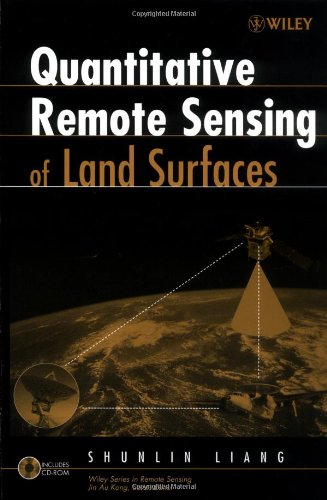
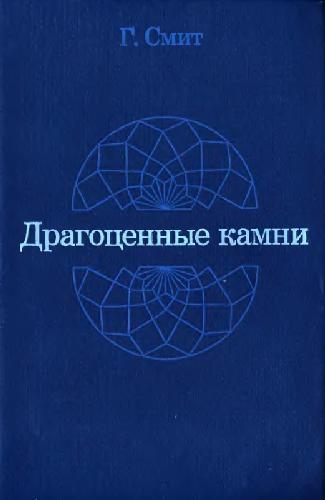
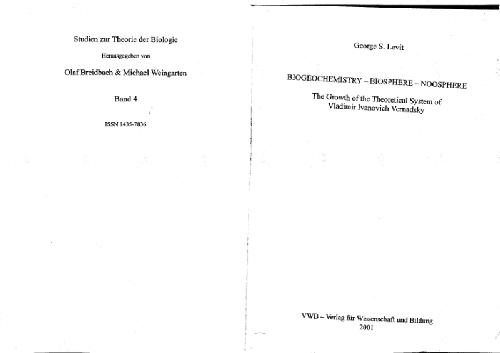
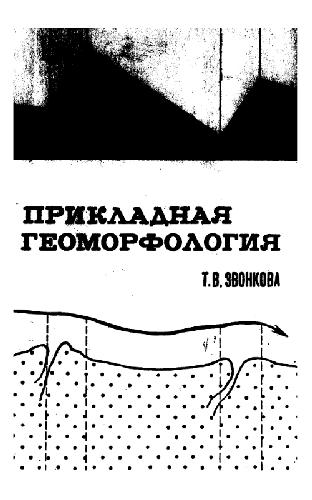
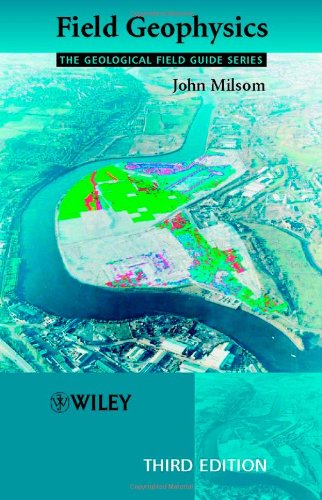
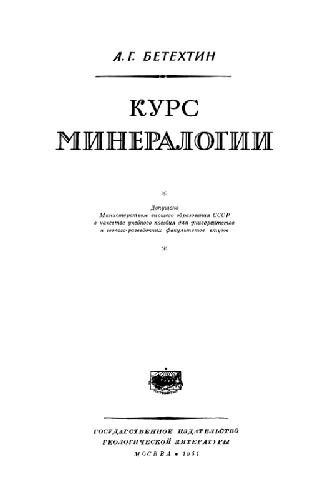
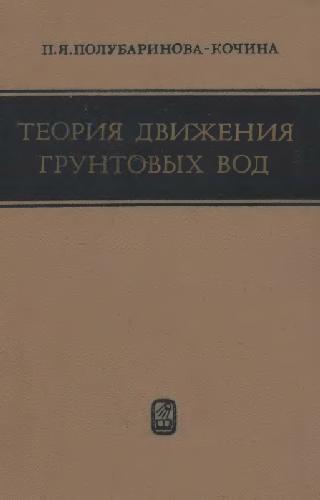
Reviews
There are no reviews yet.